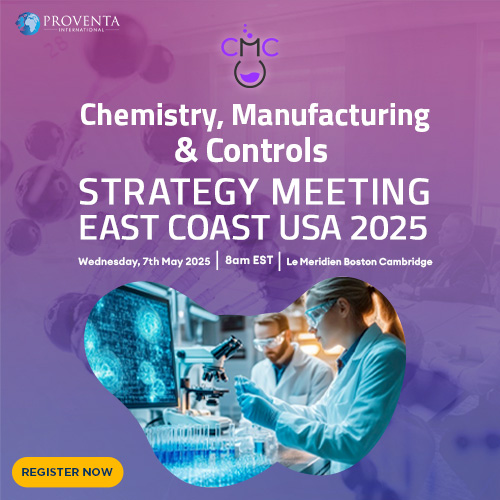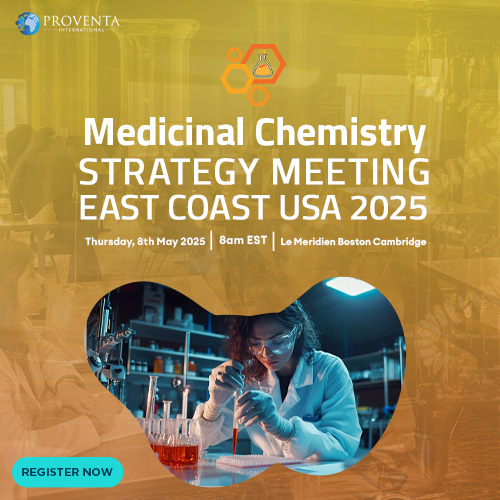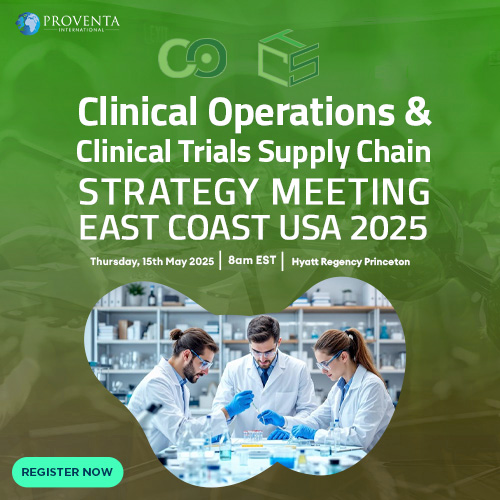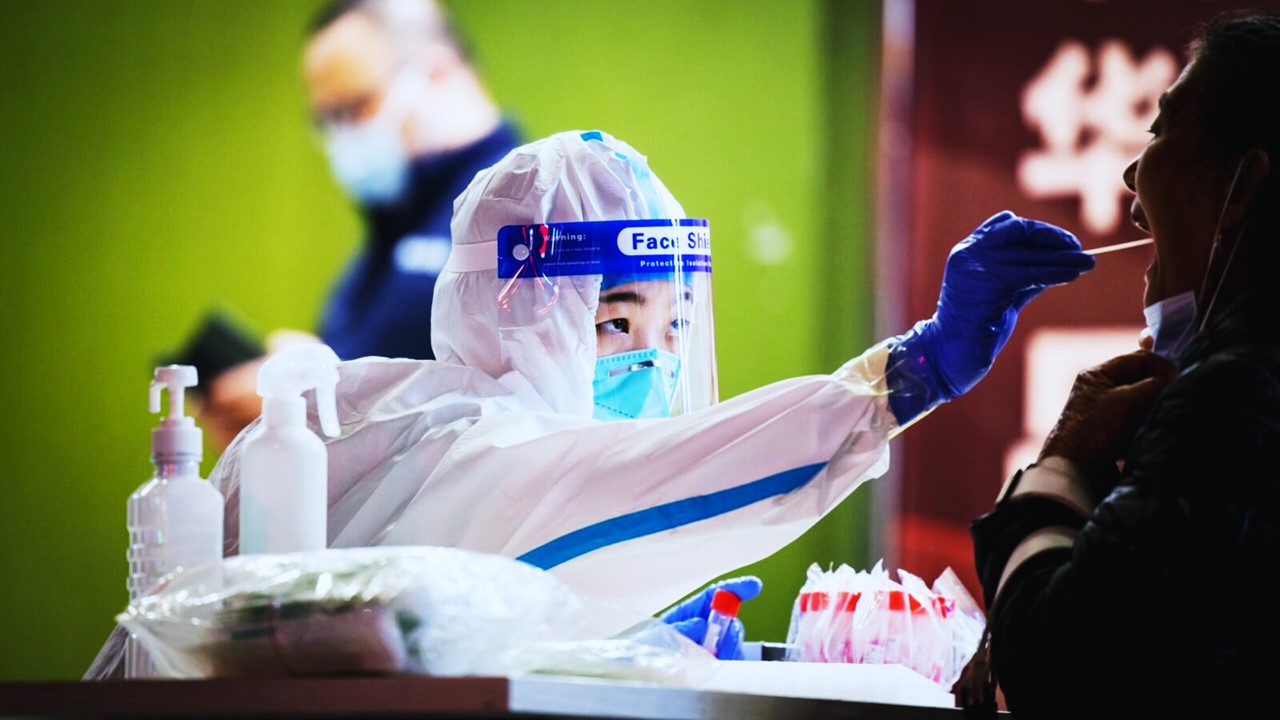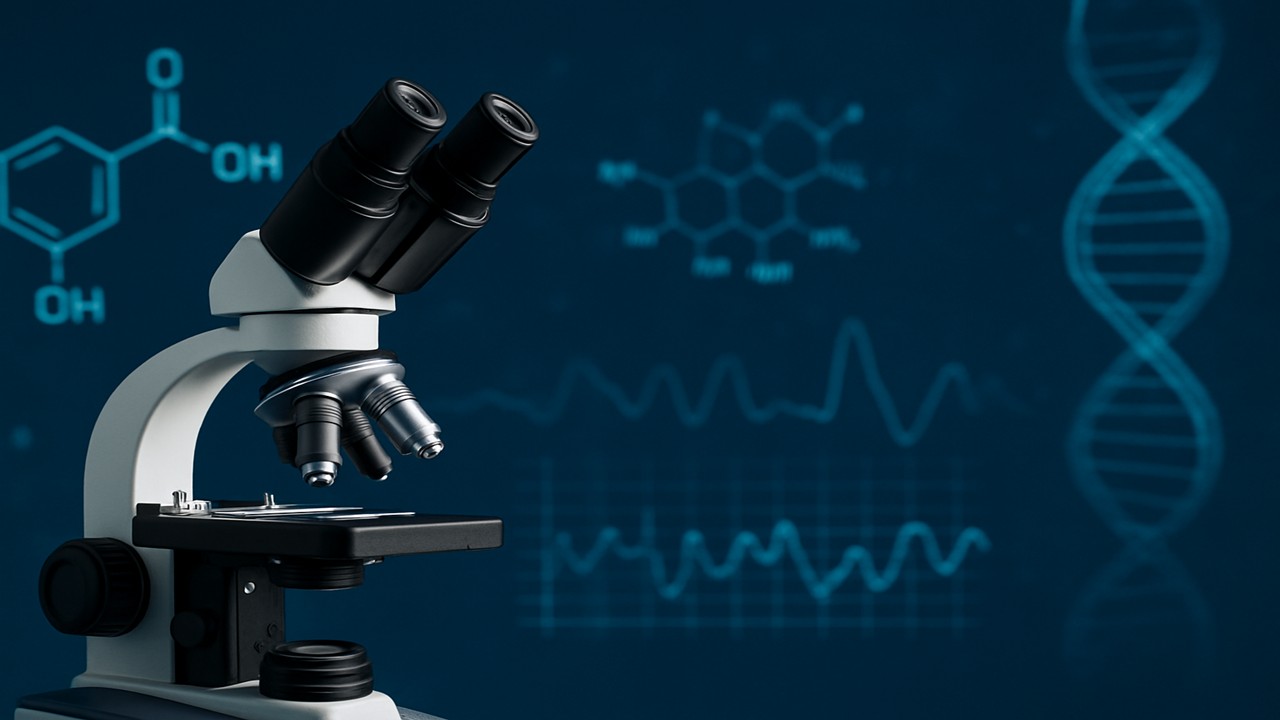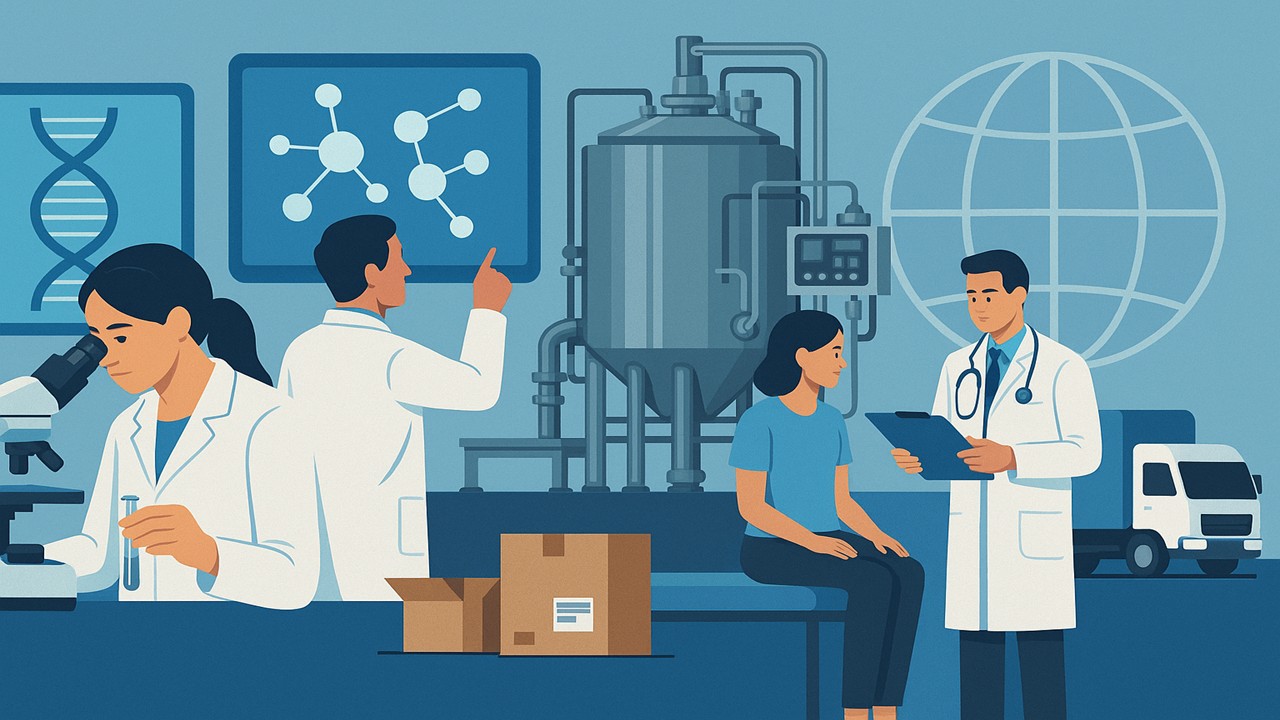The Challenge of Poorly Soluble Drugs
The pharmaceutical landscape is replete with therapeutic agents exhibiting limited aqueous solubility, posing significant hurdles in drug development and patient care. Poor water solubility often leads to erratic bioavailability, necessitating higher doses to achieve therapeutic efficacy, which can escalate the risk of adverse effects. The widespread prevalence of poorly soluble drugs across multiple therapeutic classes has intensified the need for innovative formulation strategies. This solubility conundrum has spurred the exploration of novel drug delivery approaches aimed at optimizing absorption and therapeutic outcomes.
Traditional methods to improve solubility, such as particle size reduction and salt formation, have been extensively employed. While effective in certain cases, these approaches may not always be viable, particularly for highly lipophilic compounds. The limitations of these conventional techniques have prompted a shift toward lipid-based formulations, which offer distinct advantages in enhancing the solubility of lipophilic drugs. Among these, self-emulsifying drug delivery systems (SEDDS) have emerged as a particularly promising strategy, providing a means to address the absorption limitations of poorly water-soluble drugs.
SEDDS utilize lipidic excipients to facilitate drug solubilization and enhance absorption in the gastrointestinal tract. The self-emulsification process bypasses the dissolution step, which is often the rate-limiting factor in drug absorption. This unique mechanism not only improves bioavailability but also reduces inter-individual variability associated with drug absorption. Consequently, the development of SEDDS has gained significant traction in the pharmaceutical industry as a viable approach to overcoming solubility barriers.
The growing interest in SEDDS has led to extensive research on formulation design and optimization. Understanding the interplay between formulation components and gastrointestinal physiology is crucial for achieving consistent drug delivery performance. As the pharmaceutical industry continues to evolve, SEDDS represent a critical tool in the quest for more effective oral drug formulations.
Unveiling Self-Emulsifying Drug Delivery Systems
SEDDS are isotropic mixtures comprising oils, surfactants, and, in some cases, co-surfactants or co-solvents. Upon oral administration, they undergo spontaneous emulsification in the gastrointestinal tract, forming fine oil-in-water emulsions that facilitate drug solubilization and absorption. This process enables the drug to remain in a solubilized state, circumventing the solubility limitations associated with traditional formulations. The ability of SEDDS to improve drug dissolution and permeability has led to their widespread adoption in pharmaceutical research.
The selection of excipients plays a pivotal role in the performance of SEDDS. Oils act as solubilizing agents for lipophilic drugs, while surfactants and co-surfactants stabilize the emulsion by reducing interfacial tension. The choice of these components is dictated by factors such as drug solubility, gastrointestinal compatibility, and emulsification efficiency. Careful optimization of the oil-to-surfactant ratio is essential to achieving a stable and efficient self-emulsifying system.
One of the defining characteristics of SEDDS is their ability to form emulsions spontaneously upon exposure to gastrointestinal fluids. This self-emulsification process is driven by thermodynamic principles, where the free energy required for emulsification is minimized. The resulting nano-sized droplets enhance drug dispersion and absorption, leading to improved bioavailability. This property is particularly beneficial for drugs with poor aqueous solubility, enabling their effective delivery in a solubilized form.
Despite their advantages, the successful formulation of SEDDS requires an in-depth understanding of emulsification kinetics and gastrointestinal dynamics. The behavior of SEDDS in vivo can be influenced by various physiological factors, including gastric motility, enzymatic activity, and bile salt concentration. Addressing these challenges through systematic formulation design is crucial for maximizing the therapeutic potential of SEDDS.
Mechanistic Insights into Self-Emulsification
The self-emulsification mechanism hinges on the thermodynamic balance between formulation components and the aqueous environment of the gastrointestinal tract. When the free energy required to create a dispersed phase is sufficiently low, spontaneous emulsification occurs upon dilution. This process is influenced by factors such as the interfacial tension between oil and water, the hydrophilic-lipophilic balance (HLB) of surfactants, and the rate of aqueous phase penetration. By carefully selecting excipients, formulators can modulate these parameters to achieve optimal emulsification performance.
Upon ingestion, SEDDS undergo rapid dispersion in the gastric and intestinal fluids, forming a fine emulsion that facilitates drug solubilization. The droplet size of the emulsion plays a crucial role in determining the extent of drug absorption. Smaller droplets provide a larger surface area for drug release, enhancing dissolution kinetics and bioavailability. The presence of bile salts and digestive enzymes further influences the stability and behavior of the emulsified droplets, affecting drug absorption profiles.
In addition to their role in solubilization, SEDDS can modulate drug transport across biological membranes. The surfactants used in SEDDS formulations can interact with intestinal epithelial cells, altering membrane permeability and facilitating drug uptake. This mechanism is particularly relevant for drugs with poor permeability, as SEDDS can enhance their absorption through passive diffusion or carrier-mediated transport.
While the self-emulsification process offers distinct advantages, maintaining drug solubility post-emulsification remains a challenge. The risk of drug precipitation upon gastrointestinal dilution is a key concern, necessitating the inclusion of precipitation inhibitors or supersaturating agents. Advances in formulation science have led to the development of supersaturable SEDDS (S-SEDDS), which sustain a supersaturated drug state and further enhance bioavailability. Understanding and mitigating precipitation risks is essential for the successful translation of SEDDS-based formulations into clinically viable drug products.
Sustainability and Green Practices in SEDDS Development
The pharmaceutical industry is increasingly embracing sustainability and green chemistry principles in drug development. In the context of SEDDS, selecting biodegradable and naturally derived excipients is a key focus area. The use of plant-derived oils, such as medium-chain triglycerides (MCTs) and long-chain fatty acids, aligns with sustainability goals while offering excellent solubilization properties. These oils not only enhance drug absorption but also minimize the environmental footprint associated with synthetic lipid excipients.
Green chemistry approaches also extend to surfactant selection, where biodegradable and non-toxic surfactants are prioritized. Traditional surfactants, such as polysorbates and ethoxylated derivatives, can pose environmental concerns due to their persistence in wastewater systems. To address this, formulators are exploring natural surfactants, including lecithins and saponins, which offer comparable emulsification properties while being environmentally friendly. The adoption of such green alternatives is critical in advancing the sustainability of SEDDS formulations.
Manufacturing processes also play a significant role in sustainability efforts. Solvent-free production techniques, such as melt extrusion and hot-melt granulation, minimize the use of organic solvents, reducing chemical waste and emissions. Additionally, energy-efficient drying methods, such as spray drying and freeze-drying, are being optimized to enhance the scalability and sustainability of solid SEDDS formulations. These advancements contribute to greener pharmaceutical manufacturing practices.
Regulatory bodies are increasingly advocating for environmentally sustainable drug development strategies. As a result, pharmaceutical companies are integrating lifecycle assessments and environmental impact analyses into their formulation pipelines. By adopting sustainable practices in SEDDS development, the industry can achieve a balance between enhancing drug delivery and minimizing environmental impact, paving the way for a more eco-conscious future in pharmaceutical innovation.
The Future of SEDDS in Drug Delivery
The evolution of self-emulsifying drug delivery systems marks a pivotal advancement in pharmaceutical formulation science. By addressing the longstanding challenge of poor drug solubility, SEDDS offer a viable approach to improving bioavailability and therapeutic outcomes. Ongoing research continues to refine formulation strategies, ensuring greater efficiency, stability, and patient compliance. As sustainability initiatives gain momentum, integrating green chemistry principles into SEDDS development will be essential for the future of pharmaceutical innovation. With their unique ability to enhance solubility and absorption, SEDDS are poised to remain at the forefront of drug delivery technologies for years to come.
Engr. Dex Marco Tiu Guibelondo, B.Sc. Pharm, R.Ph., B.Sc. CpE
Editor-in-Chief, PharmaFEATURES

Subscribe
to get our
LATEST NEWS
Related Posts

Chemistry, Manufacturing & Controls
Harvesting the Heat: Reclaiming Industrial Energy Losses through Next-Generation Waste Heat Recovery Technologies
Waste heat recovery is now essential—technically sound, economically viable, and environmentally critical.

Chemistry, Manufacturing & Controls
Magnetic Nanoengineering: Overcoming Biological Variability and Enhancing Therapeutic Precision
The future of nanomedicine lies in harmonizing precision, accessibility, and ecological responsibility, ushering in an era where therapies are tailored to individual biological landscapes.
